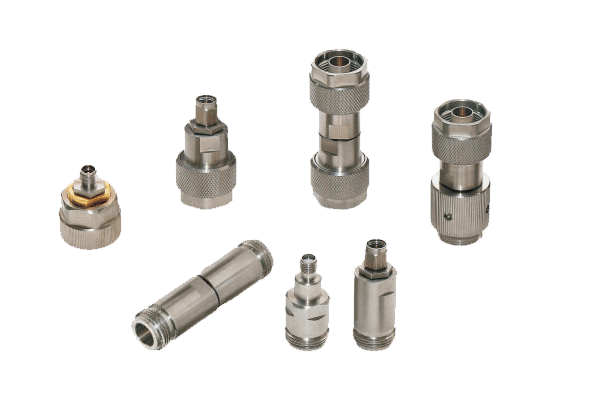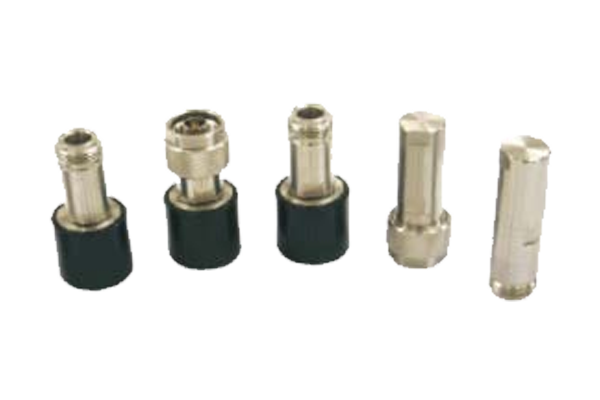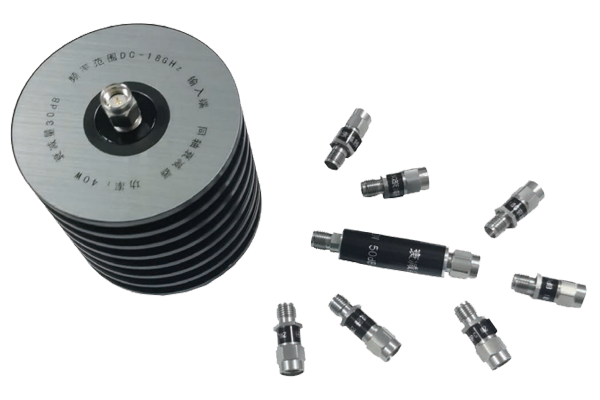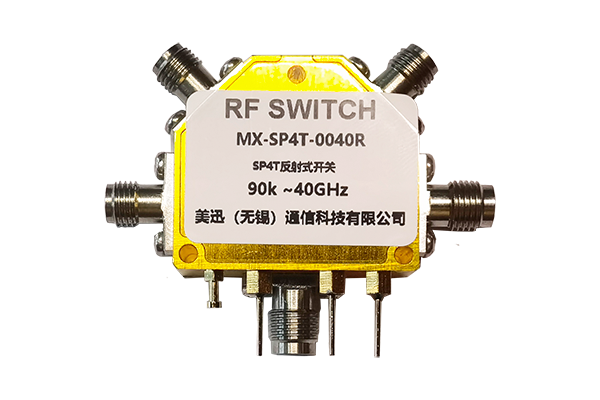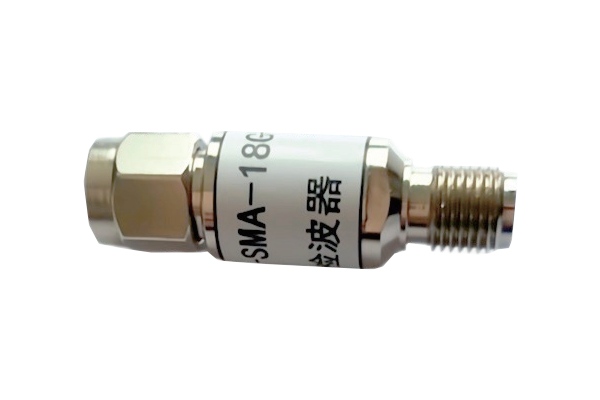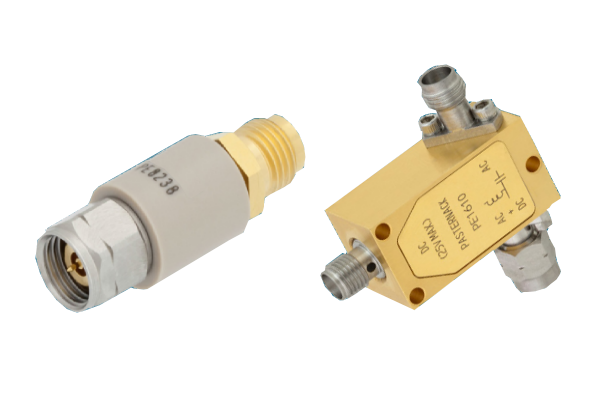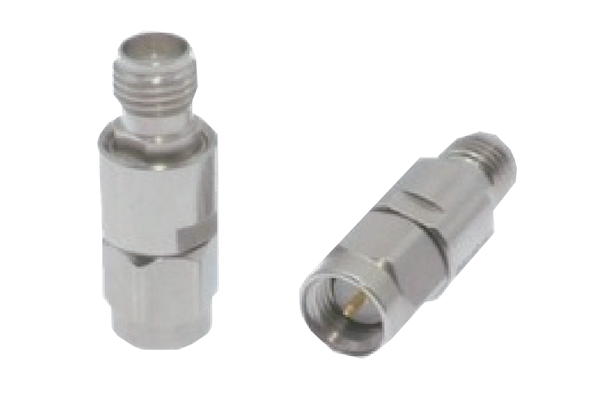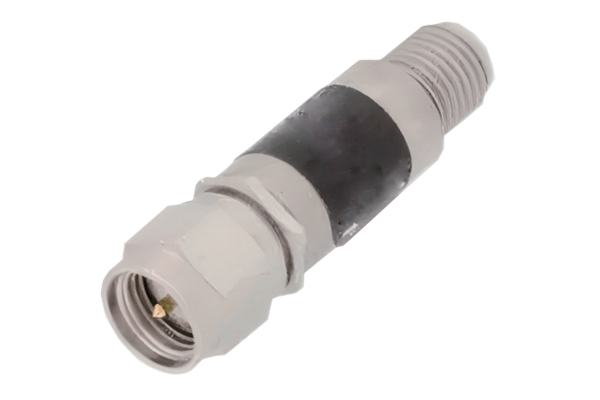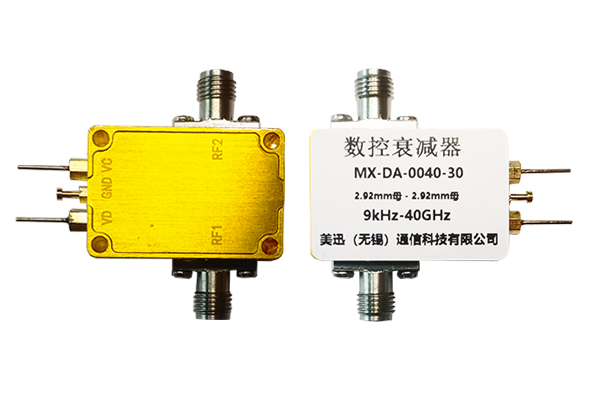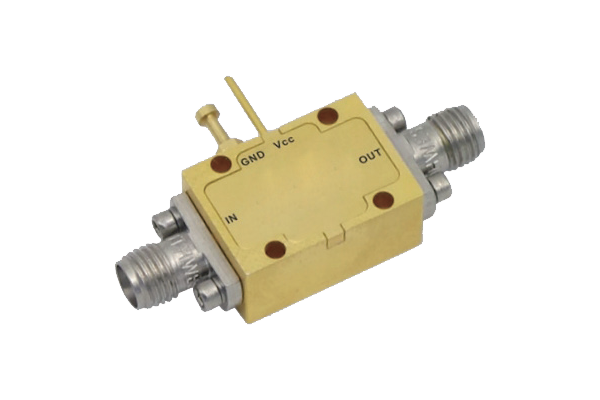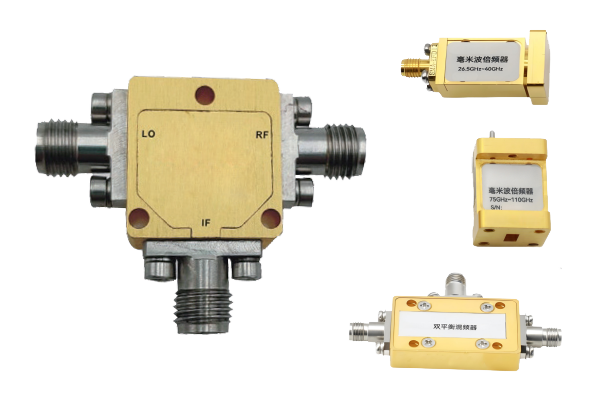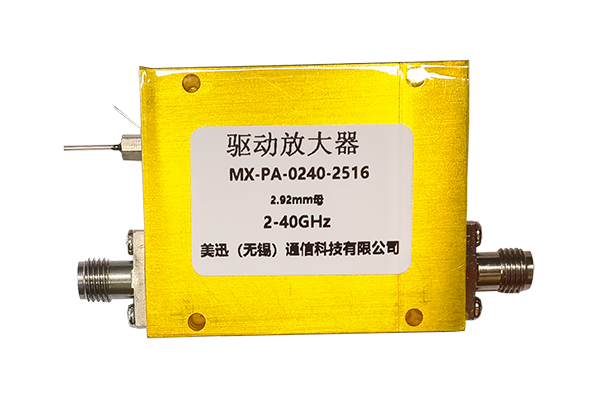Signal Transmission Basics
The operation of a Waveguide switch is based on the signal transmission properties of a waveguide structure. As a channel for electromagnetic wave propagation, a waveguide allows stable transmission of signals within a specific frequency band, minimizing energy loss.
The core of this switch is to alter the signal propagation path within the waveguide through a specific structure, thereby enabling signal switching. Its overall design focuses on efficiently controlling the propagation direction of the electromagnetic waves to ensure high signal transmission quality during the switching process.
Core Control Mechanism
The Waveguide switch contains specialized control components that change their state based on external commands, thereby influencing the electromagnetic field distribution within the waveguide.
Different states of the control components produce different effects on the electromagnetic waves within the waveguide, such as altering the phase, amplitude, or propagation direction of the electromagnetic field.
This control mechanism typically relies on physical phenomena such as electromagnetic induction, magnetostriction, or the piezoelectric effect. Through these phenomena, precise control of the signal propagation path is achieved, ensuring rapid switching response.
Specific Process of State Switching
When a signal path needs to be switched, an external command is transmitted to the control component, causing it to change state. This change alters the electromagnetic field environment within the waveguide, disrupting the original signal propagation path and establishing a new one.
During this process, signal transmission continues along the new path without noticeable interruption or interference. During the switching process, the state change of the control component must remain stable to avoid signal transmission anomalies caused by state fluctuations, ensuring reliable and consistent switching.
Key Aspects of Performance Assurance
To ensure stable and reliable operation, the Waveguide switch design focuses on several key aspects.
- Structural Precision - The precision of the waveguide structure reduces energy loss during signal transmission and switching.
- Response Speed - Fast response shortens switching time, meeting the requirements of various scenarios.
- Component Durability - By selecting high-quality materials and optimizing the structural design, the switch's service life is extended, ensuring optimal operation over time and adapting to diverse operating environments.








